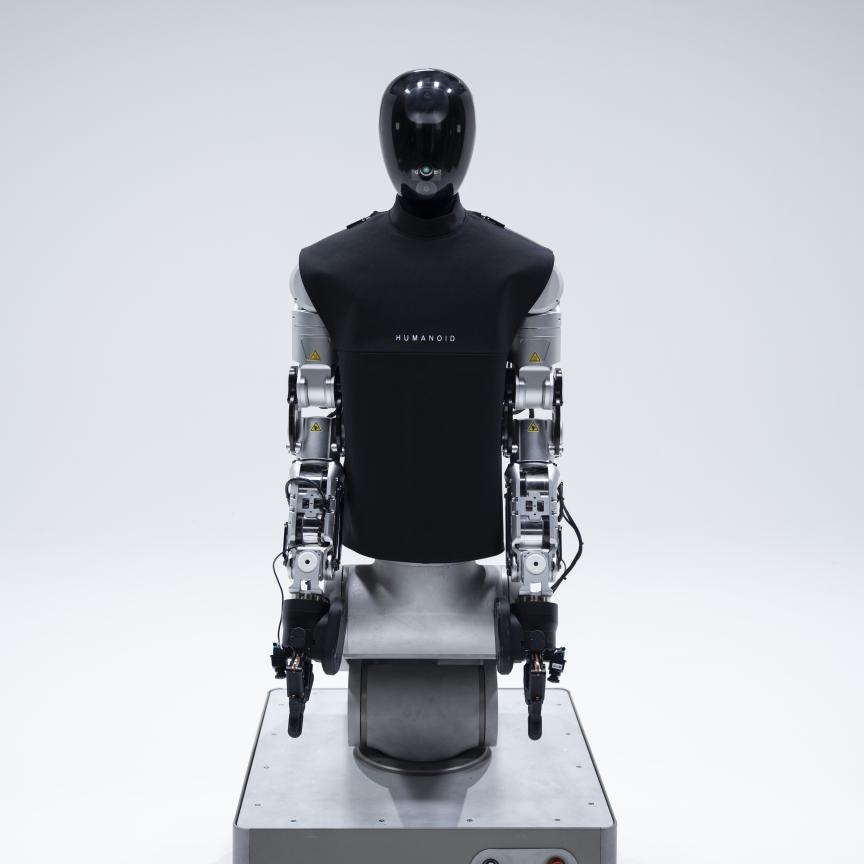A new type of image sensor capable of high quality imaging at low light levels has been developed by engineers at the Thayer School of Engineering at Dartmouth in New Hampshire, USA. The technology, known as the quanta image sensor (QIS), was co-developed by Eric Fossum, inventor of the CMOS image sensor, and enables highly sensitive, more easily manipulated and higher quality digital imaging than that currently possible.
The research, published in Optica towards the end of December, has the potential for use in applications that rely on high quality, low light imaging, such as those in medical and life sciences research, security, photography and cinematography.

A sample photo taken with the one megapixel Quanta Image Sensor operating at 1,040 frames per second, with total power consumption as low as 17mW. (Image: Jiaju Ma)
The new QIS is able to capture and count single photons – the lowest level of light – with a resolution as high as one megapixel and a frame rate up to thousands of frames per second. The sensor can accomplish this both at room temperature and using mainstream image sensor technology, according to the researchers, while previous technology has instead required large pixels and/or low temperatures in order to achieve this.
The new sensor technology could have applications in astrophysics, where it could be used to detect signals from distant objects in space. Potenetial applications also include in the life sciences, where it will provide improved visualisation of cells under a microscope, and cinematography, where it will enable Imax-quality video in an easily editable digital format.
Fossum and his team wanted to ensure that this new imaging capability could be built in a commercially accessible and inexpensive process, so they made it compatible with the low-cost mass production of today's CMOS image sensor technology. They also made it readily scalable for higher resolution, with as many as hundreds of megapixels per chip. ‘That way it's easier for industry to adopt it and mass produce it,’ explained Fossum, who was awarded the Queen Elizabeth Prize for Engineering by Prince Charles at Buckingham Palace at the beginning of December for his development of the CMOS image sensor.
‘The QIS is a revolutionary change in the way we collect images in a camera,’ commented Jiaju Ma, who co-authored the Optica paper with Fossum, Saleh Masoodian and Dakota Starkey.
The QIS platform technology is unique, according to Ma, because the sensor incorporates ‘jots', named by the research team for very small pixels, which are sensitive enough to detect a single photon of light. Ultra-fast scanning of the jots is also incorporated into the sensor, enabling the QIS to capture data from every single photon, opening the door to extremely high quality, easily manipulated digital imaging, as well as computer vision and 3D sensing, even in low light conditions.
While the current QIS resolution is one megapixel, the team's goal is for the QIS to eventually contain hundreds of millions to billions of these jots, all scanned at a very fast rate.
The researchers co-founded the startup company Gigajot Technology last year in order to further develop and apply the new technology to a number of promising applications.
Related Articles
Stacked CMOS opening up 'new world of features'
Will Sony remain the image sensor king forever?
First graphene quantum dot-based CMOS sensor shows broadband imaging potential

